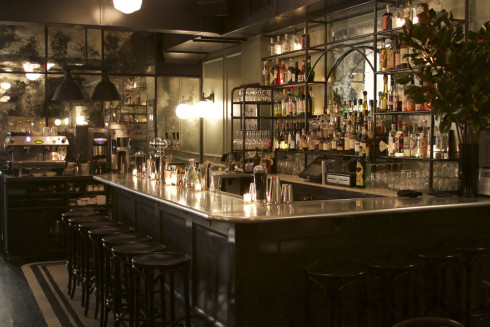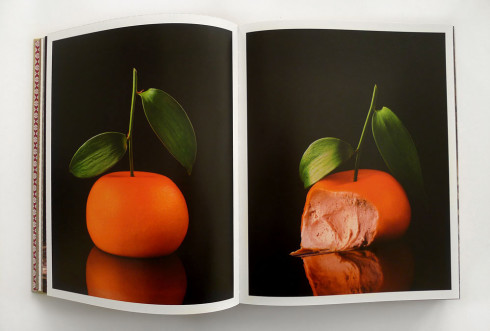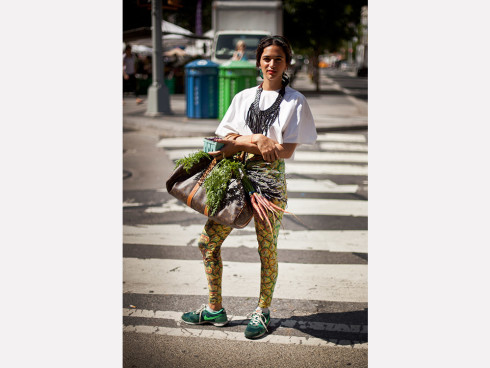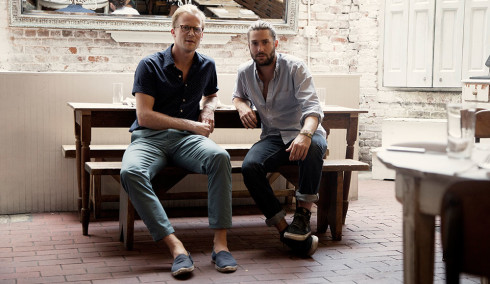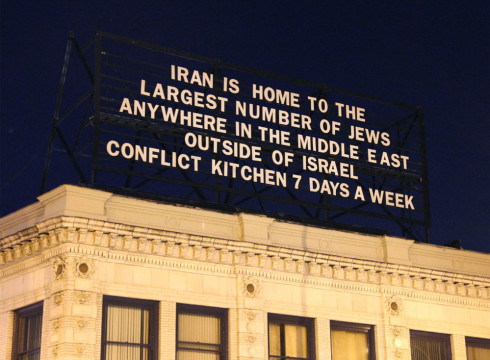
SINE QUA NON WINES
Though he would be hard-pressed to admit it, Manfred Krankl, the man behind Sine Qua Non wines, has become one of the most celebrated and respected wine- makers in the United States. Eternally humble, Krankl describes himself as an uneducated winemaker whose strength lies in his creativity. But with an eight- year waiting list, and with patrons willing to pay tens of thousands of dollars for a taste of his renowned wine, one must disregard Krankl’s modesty.
In 1989, Krankl, along with Mark Peel and Nancy Silverton, opened the seminal Italian restaurant Campanile in Los Angeles. Along with acting as managing partner, Krankl claimed the role of wine buyer. He had always loved wine, but as a buyer he became increasingly interested in not only the available varieties, but also how to make it.
“Most times a restaurant’s house wine is the worst wine in the house,” Krankl says. “I always thought that was a very strange thing, that restaurateurs would want to put their name on a product that wasn’t good. I wanted to do something different and create a house wine that was actually something to be proud of.”
Krankl’s first bottle was a Chardonnay he created with friend and vineyard owner Brian Babcock. Receiving unexpected praise from customers at Campanile and recurring requests to purchase, even from other restaurants, Krankl felt encouraged to build upon his newfound skills. After creating a few one-off wines with more experienced winemakers in Italy, he launched his own brand, Sine Qua Non, in 1994.
“A vineyard in Ojai agreed to let me make and store my wine there,” Krankl remembers. “When I was done, and not knowing how the usual protocol went, I sent a bottle of Sine Qua Non’s first wine, a Syrah called Queen of Spades, over to Robert Parker at The Wine Advocate. He loved it so much he immediately ordered two cases. After his review was published, we immediately sold out of the 120 cases. From that point on, I knew there was no turning back.”
While Campanile was respected in the Los Angeles dining scene, it was the restaurant’s bakery, La Brea Bakery, that gained notoriety that far surpassed the city limits. By 2001, La Brea Bakery had blossomed into a five-hundred-employee production. With the prospect of expansion looming, Krankl sold his shares in the company so he could focus his attention solely on Sine Qua Non.
“I never sat down and said, This is my new life,” Krankl recalls. “In many ways this was very beneficial to how we went about making the wine. We never tried to fit the winemaking into some framework that was predetermined. I think that’s one of the reasons people are drawn to our wine — there’s a sense that it comes from the heart, rather than a business standpoint.”
Sine Qua Non is a Rhône house, one that primarily uses grapes that originated in the Rhône Valley in France. The two mainstays are Syrah and Grenache, but customers have come to expect, and appreciate, that the winery also dabbles in other varieties, including Mourvedre, Viognier, and even the rare Spanish grape Graciano. Though Sine Qua Non has gradually been expanding, most recently with a newly planted, eleven-acre plot at the Third Twin vineyard in Los Alamos, California, Krankl has been keen to only produce a limited number of cases each year. Try as you might, getting hold of a bottle is no easy feat. Most stores don’t carry the wine, and those that do usually save it for special customers who have expressed a dedication to the winery. Recently, a Sine Qua Non enthusiast paid $26,000 at a charity auction to get a spot on the coveted mailing list with a twelve-bottle allotment.
A man of many talents, Krankl not only helms the wine production at Sine Qua Non but also has taken on the role of label artist. As with his path to winemaking, Krankl has had no formal art training, yet the unique wine labels he creates on a yearly basis have been enthusiastically received among those in the art community. The California based publishing house Cameron + Company is releasing a collection of Krankl’s labels this summer, along with edited versions of the bi-annual offering letters, which tell the stories behind the art. Staying in tune with the exclusivity of Sine Qua Non, there will only be 1,980 copies published, a remembrance of the year Krankl first moved to the United States from Austria.
“Wine is one of those things where, if you make it the exact same way every time, it will never be alike,” Krankl notes. “No two wines are exactly the same; they each have their own identity. That’s what I wanted to emphasize. When I told people I was going to make different wine labels for every new wine I made, people thought it was a stupid idea. They said I wouldn’t have a brand without the recognition. But it’s actually been part of what sets us apart.”
Looking to the future, Krankl is surprisingly complacent. He has passed on numerous offers to sell his business to larger corporations and prefers to keep the team to his wife Elaine (whom he endearingly calls his muse) and a handful of dedicated employees.
“We’re small enough now where I can make the art and the wine,” Krankl says. “If someone asks who’s the winemaker, I can confidently say it’s me. I could keep on growing, but my life would change completely. I would become another sales guy doing dog-and-pony shows. I don’t want to do that. It’s a wonderful thing to preserve. How much do I need to live a happy life and to thrive? What do you have to give up to get to that point? Unfortunately, I think a lot of people get sidetracked by the rat race.”
In the two decades since Sine Qua Non’s inception, Krankl has proved that sometimes good taste is as much about guts as it is about palate.
For more information, please visit SineQuaNon.com.
Alexis deBoschnek is a food writer living in Los Angeles.

